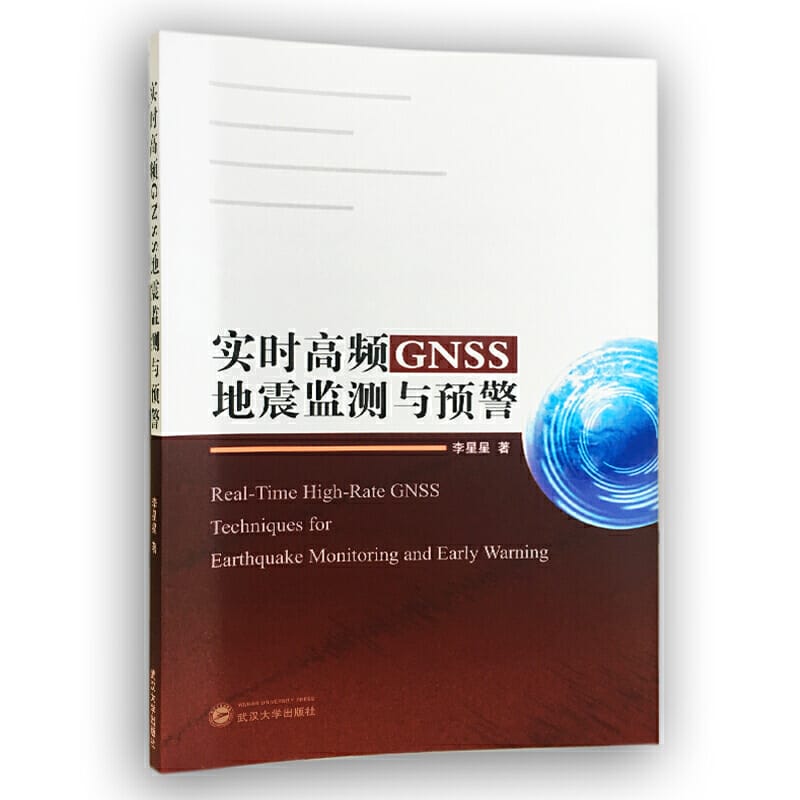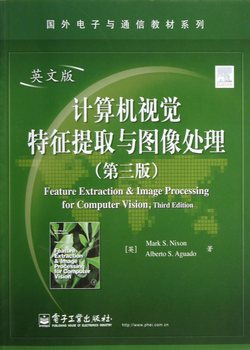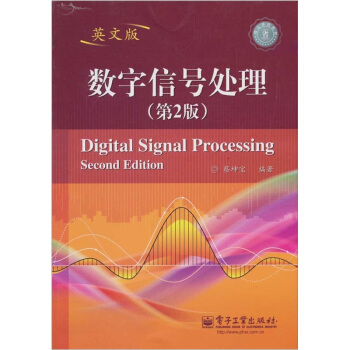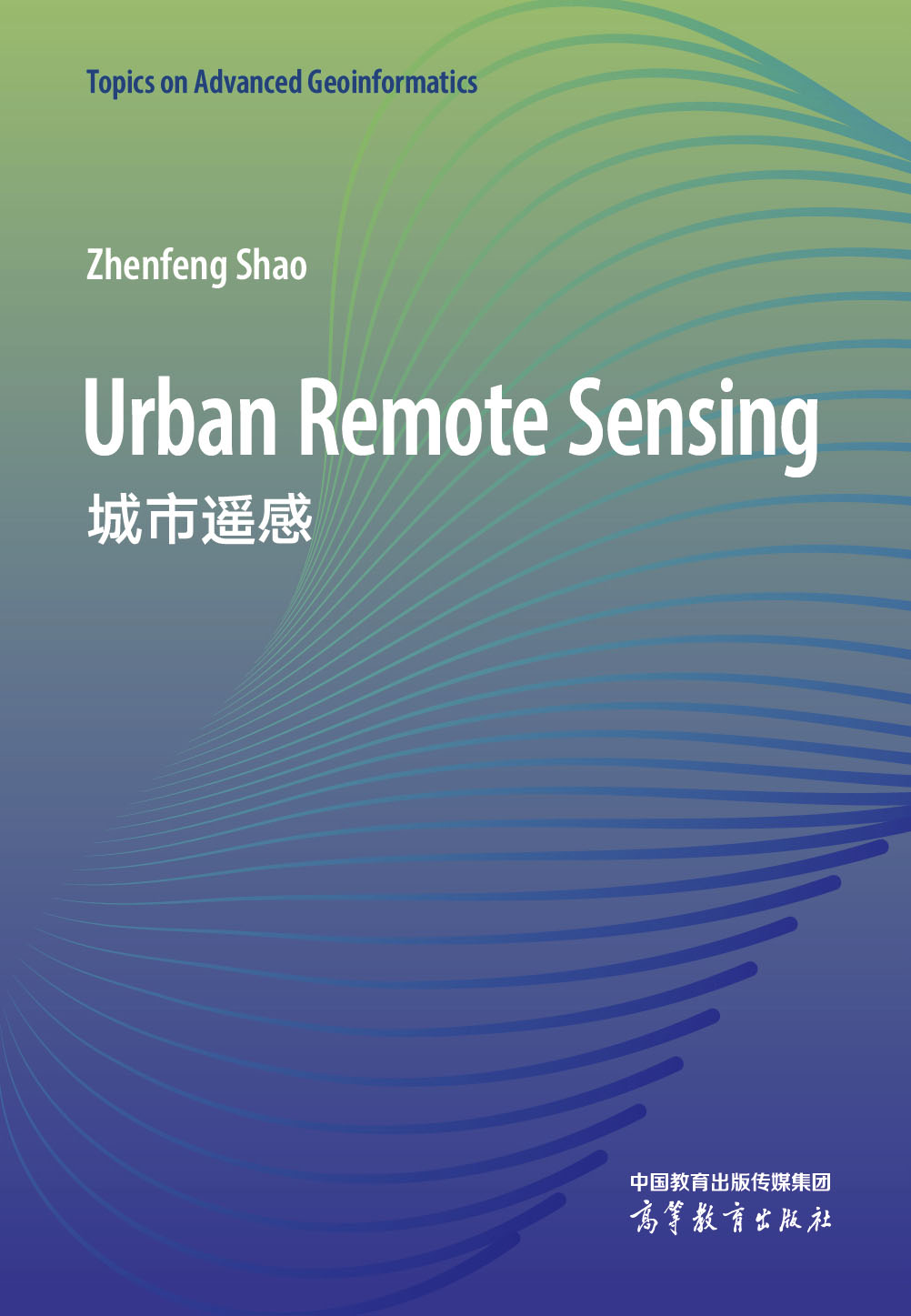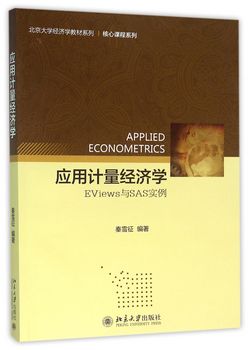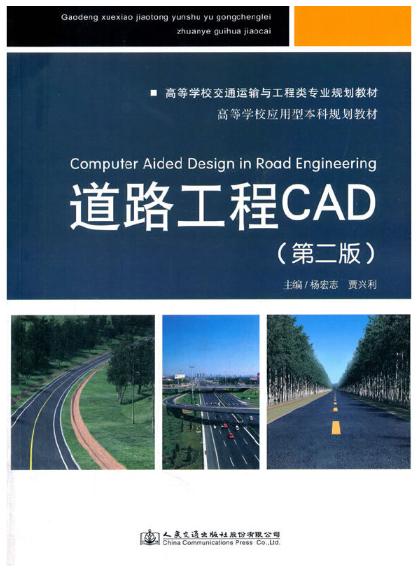招贴设计 / 全国高等院校艺术设计类十三五规划教材、普通高等教育艺术设计应用型与创新系列教材
定价:¥50.00
作者: 马莉
出版时间:2018-01
出版社:武汉大学出版社
- 武汉大学出版社
- 9787307198371
- 174989
- 42185600-6
- 2018-01
- J218.1
- 艺术设计学
- 本科 高职
作者简介
内容简介
快速、准确获取震时地表位移是GNSS进行地震监测与预警的关键问题,而实时高频GNSS技术的快速发展使其成为可能。本书稿主要针对实时高频GNSS数据处理,提出高精度GNSS数据处理算法,以使其更好的应用于地震监测与预警。
目录
List of Abbreviations
List of Related Publications
Chapter 1 Introduction
Chapter 2 High-Rate GNSS Seismology Using Real-Time PPP with Ambiguity Resolution
2.1 Introduction
2.2 Real-Time PPP System and Algorithms
2.2.1 Real-Time PPP Service System
2.2.2 Observation Model
2.2.3 Real-Time Precise Point Positioning
2.2.4 Real-Time Estimation of the Uncalibrated Phase Delay
2.2.5 Ambiguity Resolution for Precise Point Positioning
2.3 Accuracy Assessment in Real-Time Scenarios
2.4 Application to the 2011 Tohoku-Oki Earthquake
2.4.1 GPS Data and Analysis
2.4.2 Comparing GPS and Seismic Waveforms
2.4.3 Fault Slip Inversion
2.5 Application to the 2010 E1 Mayor-Cucapah Earthquake
2.5.1 GPS Data and Analysis
2.5.2 Comparing GPS and Seismic Waveforms
2.5.3 Fault Slip Inversion
2.6 Conclusions
Chapter 3 Augmented PPP for Seismological Applications Using Dense GNSS Networks
3.1 Introduction
3.2 Augmented PPP Approach
3.3 Application of Augmented PPP Approach and
Results
3.4 Conclusions
Chapter 4 Temporal Point Positioning Approach for GNSS Seismology Using a Single Receiver
4.1 Introduction
4.2 Temporal Point Positioning Approach
4.3 Application of TPP Approach and Results
4.4 Single-Receiver Approaches for Real-Time GNSS
Seismology
4.4.1 Comparison of Analysis Methods
4.4.2 Error Analysis and Precision Validations
4.4.3 Application to the 2011 Tohoku-Oki Earthquake
4.5 Conclusions
Chapter 5 Tightly-Integrated Processing of Raw GNSS and Accelerometer Data
5.1 Introduction
5.2 Overview of Combining GPS and Accelerometer Data
5.3 The Tightly-Integrated Algorithm
5.4 Results
5.4.1 Comparison of GPS, Seismic and Integrated Wave forms
5.4.2 Detection of P-Wave Arrival
5.4.3 Extraction of Permanent Offset and Fault Slip Inversion
5.5 Conclusions
Chapter 6 Conclusions and Outlook
References
Acknowledgments
List of Related Publications
Chapter 1 Introduction
Chapter 2 High-Rate GNSS Seismology Using Real-Time PPP with Ambiguity Resolution
2.1 Introduction
2.2 Real-Time PPP System and Algorithms
2.2.1 Real-Time PPP Service System
2.2.2 Observation Model
2.2.3 Real-Time Precise Point Positioning
2.2.4 Real-Time Estimation of the Uncalibrated Phase Delay
2.2.5 Ambiguity Resolution for Precise Point Positioning
2.3 Accuracy Assessment in Real-Time Scenarios
2.4 Application to the 2011 Tohoku-Oki Earthquake
2.4.1 GPS Data and Analysis
2.4.2 Comparing GPS and Seismic Waveforms
2.4.3 Fault Slip Inversion
2.5 Application to the 2010 E1 Mayor-Cucapah Earthquake
2.5.1 GPS Data and Analysis
2.5.2 Comparing GPS and Seismic Waveforms
2.5.3 Fault Slip Inversion
2.6 Conclusions
Chapter 3 Augmented PPP for Seismological Applications Using Dense GNSS Networks
3.1 Introduction
3.2 Augmented PPP Approach
3.3 Application of Augmented PPP Approach and
Results
3.4 Conclusions
Chapter 4 Temporal Point Positioning Approach for GNSS Seismology Using a Single Receiver
4.1 Introduction
4.2 Temporal Point Positioning Approach
4.3 Application of TPP Approach and Results
4.4 Single-Receiver Approaches for Real-Time GNSS
Seismology
4.4.1 Comparison of Analysis Methods
4.4.2 Error Analysis and Precision Validations
4.4.3 Application to the 2011 Tohoku-Oki Earthquake
4.5 Conclusions
Chapter 5 Tightly-Integrated Processing of Raw GNSS and Accelerometer Data
5.1 Introduction
5.2 Overview of Combining GPS and Accelerometer Data
5.3 The Tightly-Integrated Algorithm
5.4 Results
5.4.1 Comparison of GPS, Seismic and Integrated Wave forms
5.4.2 Detection of P-Wave Arrival
5.4.3 Extraction of Permanent Offset and Fault Slip Inversion
5.5 Conclusions
Chapter 6 Conclusions and Outlook
References
Acknowledgments

